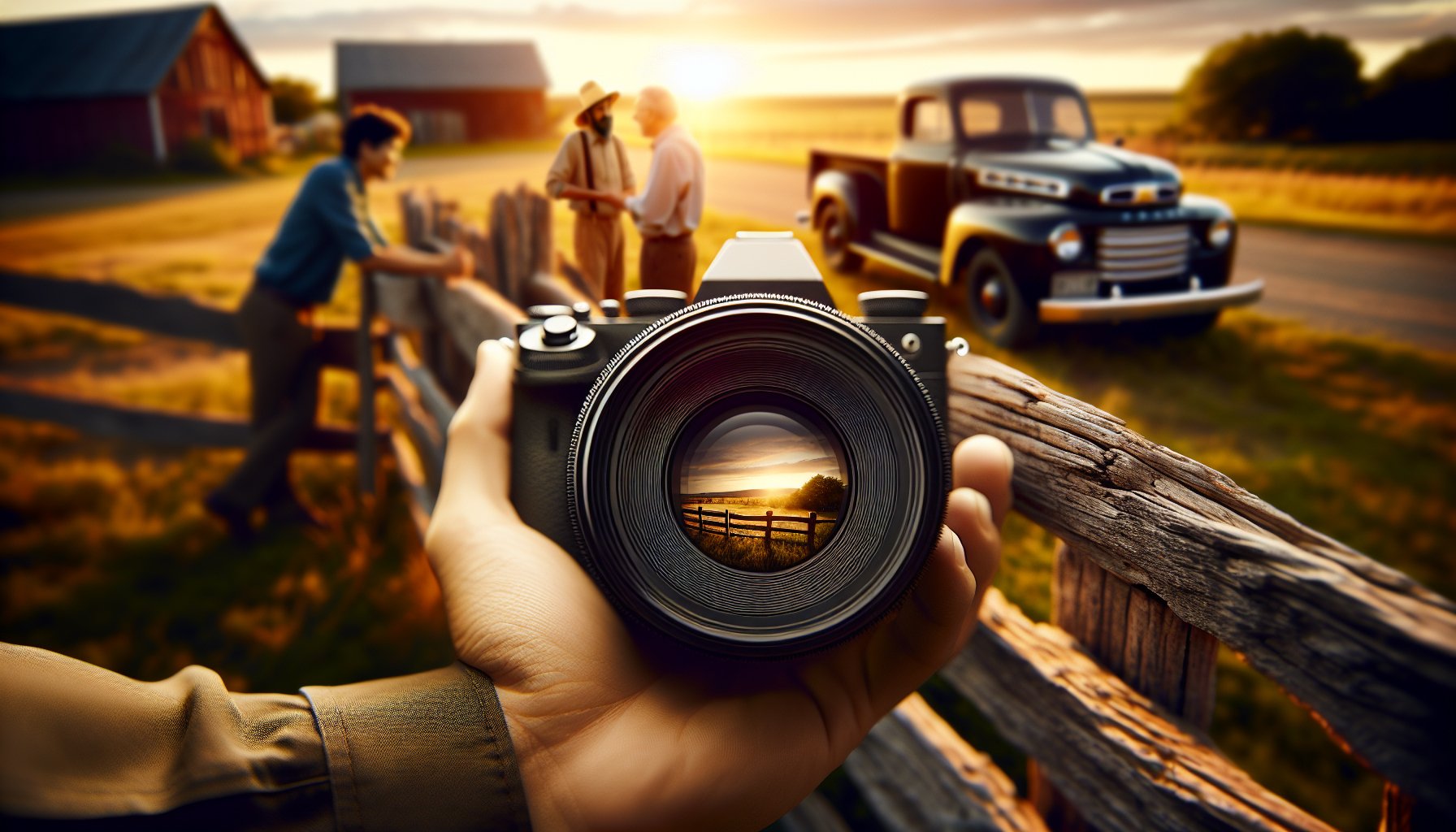The Role of Post-Processing in Photography
Let's face it, the photos we see online often look like they leaped straight out of a fairytale. Lush landscapes with vibrant colors, portraits with nearly flawless skin, and moody street scenes dripping with atmosphere.
For photography enthusiasts, the darkroom held a certain mystique. Trays of swirling chemicals, precise timing, and the anticipation of an image slowly emerging on film – it was a captivating alchemy.
While the digital age has replaced tanks and timers with pixels and algorithms, the fundamental principles of image manipulation remain. Today, we dive into the modern darkroom, where digital negatives are transformed into captivating works of art.
Think of it this way: Imagine baking a cake. You follow the recipe (capture the photo), but sometimes things don't turn out exactly as expected. Maybe the oven runs a little hot, or your flour wasn't measured perfectly. Technically edible, sure, but it lacks that visual oomph.
That’s where the frosting, the careful decoration (post-processing) comes in. No, it's not about faking perfection, but rather enhancing the good bits and fixing the little mishaps, ultimately creating a more delicious (visually appealing) final product.
Just like film negatives weren't ready for display straight out of the developer, these digital negatives require detailed attention. This is where the magic of post-processing unfolds. So, what exactly does post-processing involve? Here are some common techniques:
Basic Adjustments
Our first step mirrors the traditional fixer bath. Basic adjustments like brightness, contrast, and white balance act as the digital equivalent, correcting imbalances and laying the foundation for further refinement. It's the essential groundwork, similar to ensuring proper exposure in the darkroom.
Cropping + Straightening
Just as film photographers meticulously cropped and straightened prints, digital tools empower us to refine composition. Cropping and straightening allow us to draw the viewer's eye to the important stuff.
Color Correction
Before digitals, photographers were selectively manipulating light in the darkroom. Modern tools offer precise control, allowing us to lighten shadows or darken highlights with pixel-level accuracy.
Did that fluorescent lighting leave your portrait looking a little green? A touch of color correction can balance things out, making your photo feel more natural or even adding a creative pop to it.
Local Adjustments
Where color filters and dyes once held sway, we now wield powerful color correction tools. Want to brighten just one area of your photo, like someone's smile? Local adjustments let you work your magic on specific spots without affecting the whole image.
Vibrancy, temperature, and individual hues can be precisely adjusted, transforming the mood and atmosphere of an image. It's like having a virtual palette of gels and toners at our fingertips.
The Finishing Touches
The final flourish in the darkroom involved subtle enhancements. Today, we have our own digital arsenal. Sharpening enhances detail, noise reduction ensures clarity, and subtle effects add a touch of artistic expression. It's the final polish that elevates a great photo to a work of art.
But isn't editing cheating? Not at all! Remember, even film photography involved processing the negatives before you got your final prints. Far from being a betrayal of the craft, post-processing is a continuation of the photographer's vision.
It's not about manufacturing reality, but about harnessing the photographer's artistic vision and technical expertise to bring forth the image's true beauty. Ready to capture your own story in stunning detail? Let's collaborate to create portraits that go beyond just pictures, true works of art that freeze precious moments in time and celebrate the beauty that is you.













